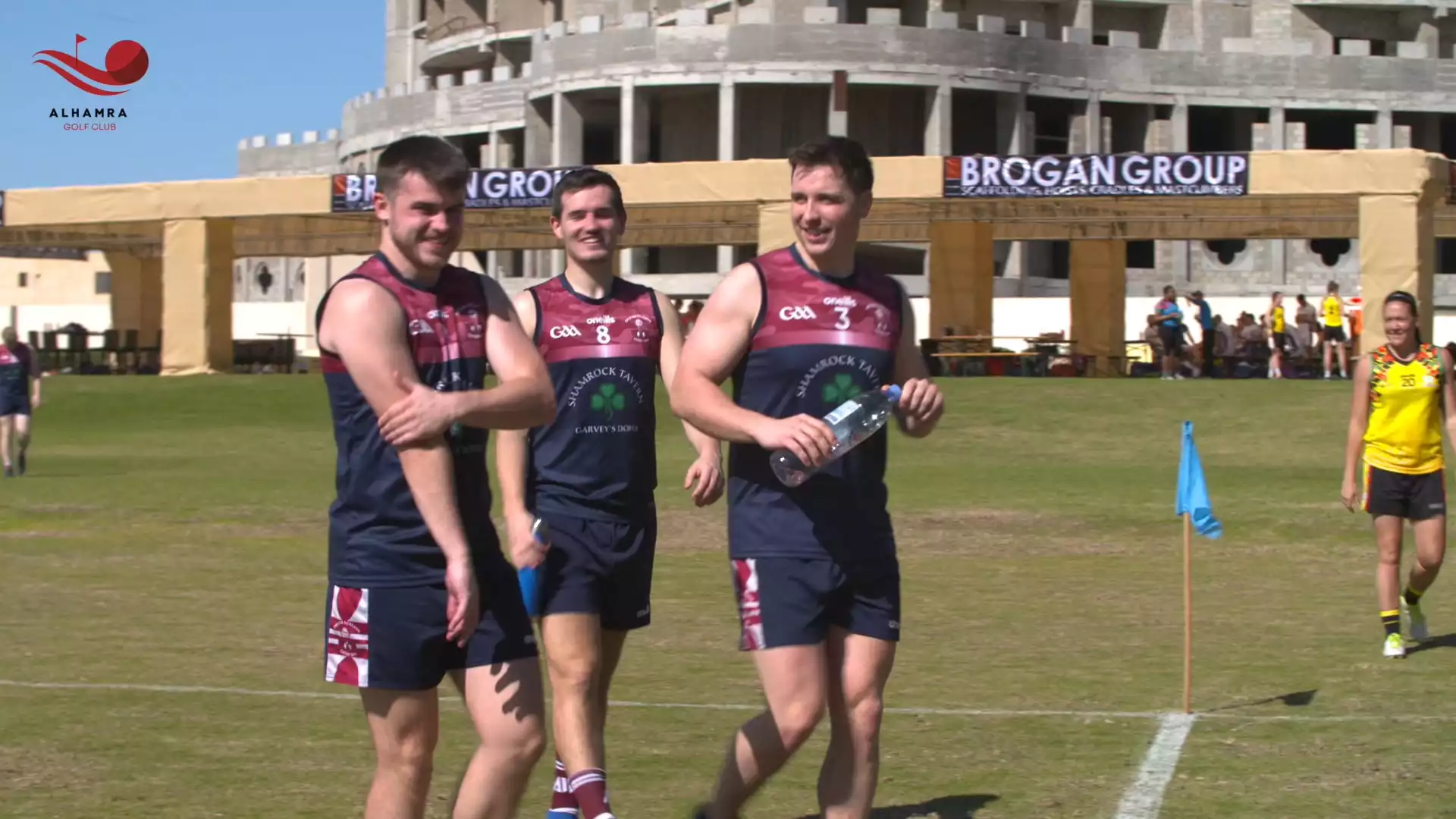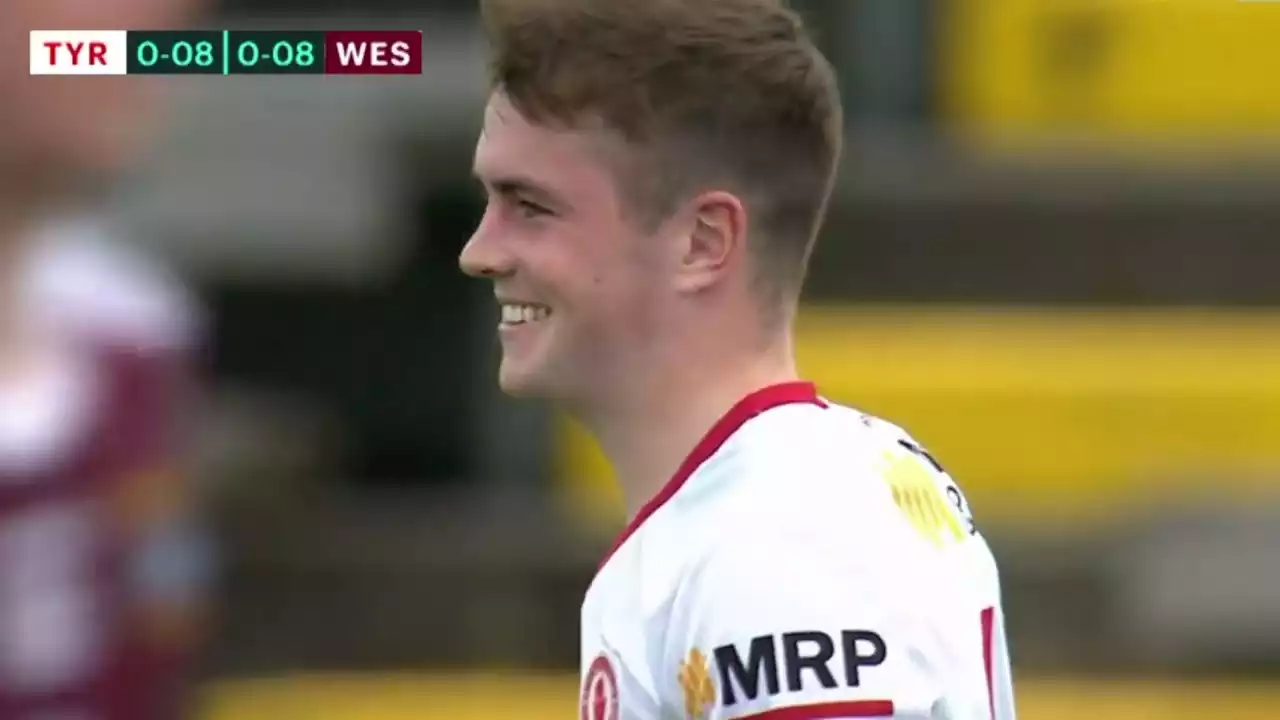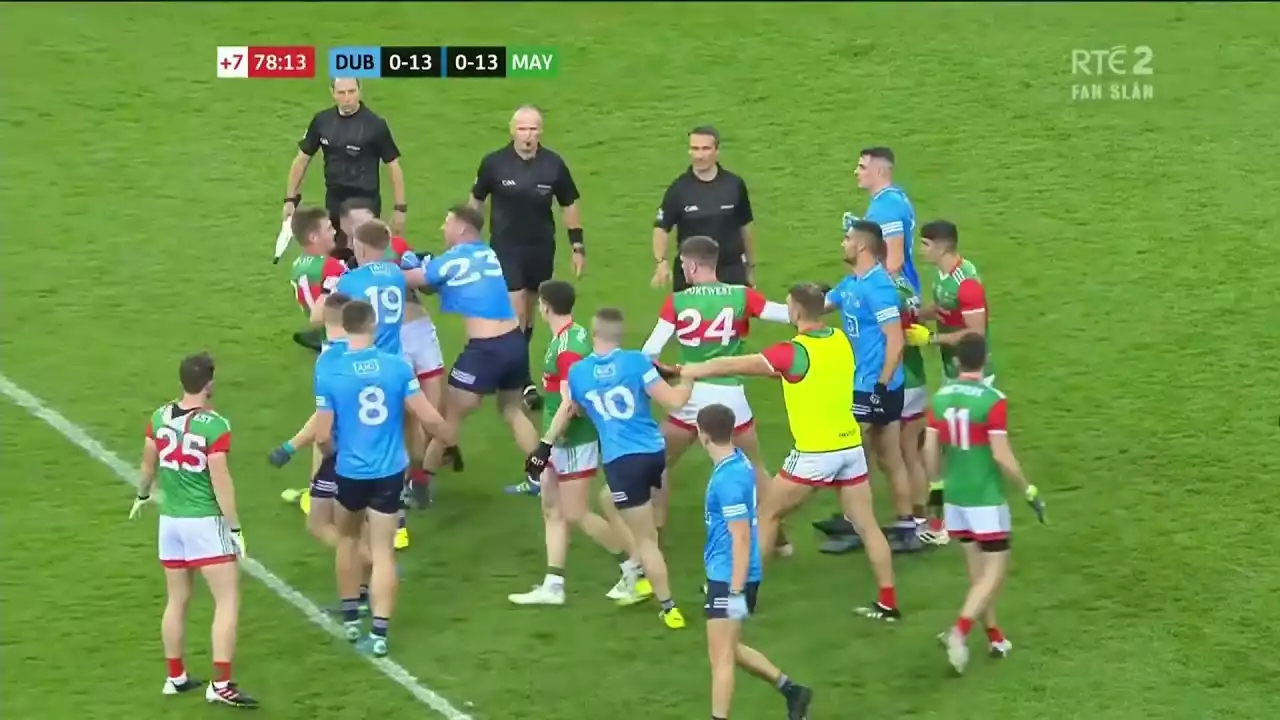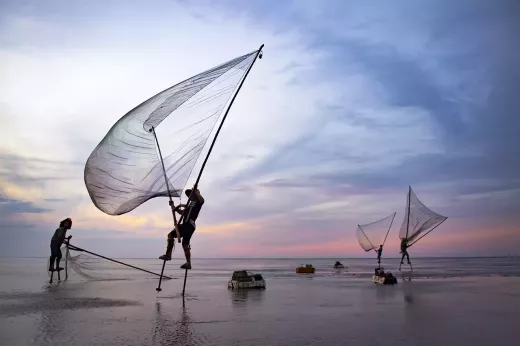Importance of developing skills in Gaelic Football
Gaelic football is a fast-paced and highly competitive sport that requires a diverse set of skills. To be successful on the field, players need to have a combination of physical abilities and technical expertise. Developing these skills is crucial for both individual players and teams as a whole. By honing your abilities, you not only improve your own performance but also contribute to the overall success of your team.
One of the key benefits of developing skills in Gaelic football is improved performance. Whether it's speed, agility, or accuracy, the better you are at a particular skill, the more effective you will be during gameplay. This can lead to scoring more goals, making better passes, and being more successful in both offensive and defensive situations.
In addition to improving your performance, developing skills in Gaelic football also enhances your enjoyment of the game. When you have a high level of proficiency in various aspects of the sport, you are more likely to have fun and feel confident on the field. This can lead to increased motivation and a greater sense of fulfillment as you see your hard work paying off.
Lastly, developing skills in Gaelic football can have a positive impact on your overall physical fitness. The drills and exercises used to improve specific skills often involve a combination of cardiovascular exercise, strength training, and flexibility work. By engaging in these activities regularly, you can enhance your endurance, build muscle, and improve your overall health and well-being.
Now that we understand the importance of developing skills in Gaelic football, let's explore five drills that will help you take your game to the next level.
Drill 1: Soloing - improving ball control and balance
Soloing is a fundamental skill in Gaelic football that involves controlling the ball with your foot while running. It requires a combination of coordination, balance, and agility. By practicing soloing drills, you can improve your ball control and enhance your overall performance on the field.
One effective soloing drill is the "tap and catch" drill. To perform this drill, start by standing with the ball in your hands. Tap the ball gently on the ground and as it bounces back up, catch it with your foot. Repeat this motion, alternating between your left and right foot. Focus on maintaining control of the ball and keeping your balance as you tap and catch.
Another soloing drill that can help improve your skills is the "figure-eight" drill. Set up two cones or markers about 5-10 meters apart. Begin by soloing the ball around one of the cones in a figure-eight pattern. As you become more comfortable, try increasing your speed and accuracy. This drill not only improves your ball control but also enhances your agility and footwork.
Remember, when practicing soloing drills, it's important to start slowly and gradually increase the difficulty level as you become more comfortable. Focus on maintaining proper form and technique, and don't be afraid to challenge yourself to improve.
Drill 2: Handpassing - enhancing accuracy and speed
Handpassing is another essential skill in Gaelic football that involves passing the ball using an open hand. It requires precision, accuracy, and quick thinking. By practicing handpassing drills, you can enhance your passing skills and become a more effective team player.
One effective handpassing drill is the "wall pass" drill. Find a wall or a rebounder and stand about 5-10 meters away from it. Begin by handpassing the ball against the wall, focusing on accuracy and speed. As the ball rebounds back to you, catch it and immediately handpass it again. Repeat this motion, trying to maintain a steady rhythm and increasing the speed as you become more comfortable.
Another handpassing drill that can help improve your skills is the "moving target" drill. Set up a target, such as a cone or a teammate, about 10-15 meters away from you. Begin by handpassing the ball towards the target, aiming for accuracy and precision. As you become more comfortable, increase the distance between you and the target to challenge yourself. This drill not only enhances your handpassing skills but also improves your decision-making and teamwork.
When practicing handpassing drills, focus on maintaining a relaxed grip on the ball and using your wrist to generate power and accuracy. By honing your handpassing skills, you can become a more effective playmaker and contribute to the success of your team.
Drill 3: Kicking - improving technique and distance
Kicking is a fundamental skill in Gaelic football that involves striking the ball with your foot. It requires a combination of power, technique, and accuracy. By practicing kicking drills, you can improve your kicking technique and increase the distance and accuracy of your kicks.
One effective kicking drill is the "target practice" drill. Set up a target, such as a cone or a goalpost, about 20-30 meters away from you. Begin by kicking the ball towards the target, aiming for accuracy and distance. As you become more comfortable, try increasing the difficulty level by adding obstacles or moving targets. This drill not only improves your kicking technique but also enhances your decision-making and ability to perform under pressure.
Another kicking drill that can help improve your skills is the "pass and kick" drill. Find a teammate and stand about 10-15 meters away from them. Begin by receiving a pass from your teammate and immediately kicking the ball back to them. Repeat this motion, focusing on accuracy, technique, and speed. As you become more comfortable, try increasing the distance between you and your teammate to challenge yourself. This drill not only improves your kicking skills but also enhances your teamwork and communication.
When practicing kicking drills, focus on maintaining proper form and technique. Keep your eyes on the ball, use the laces of your boot to strike the ball, and follow through with your kicking motion. By honing your kicking skills, you can become a more effective goal scorer and playmaker.
Drill 4: Tackling - developing defensive and attacking skills
Tackling is a crucial skill in Gaelic football that involves dispossessing an opponent of the ball. It requires a combination of timing, technique, and physicality. By practicing tackling drills, you can develop your defensive and attacking skills and become a more well-rounded player.
One effective tackling drill is the "shadow tackling" drill. Find a partner and stand facing each other, about 2-3 meters apart. Begin by shadowing your partner's movements, mirroring their every step. As your partner attempts to evade you, focus on timing your tackle and dispossessing them of the ball. Repeat this motion, alternating between being the tackler and the attacker. This drill not only improves your tackling skills but also enhances your agility and decision-making.
Another tackling drill that can help improve your skills is the "1v1 tackling" drill. Set up a small playing area, such as a grid or a marked-off space. Begin by facing an opponent and engaging in a 1v1 situation. Focus on timing your tackle and dispossessing your opponent of the ball. As you become more comfortable, try increasing the difficulty level by adding more players or reducing the playing area. This drill not only improves your tackling skills but also enhances your defensive and attacking awareness.
When practicing tackling drills, focus on maintaining a low center of gravity, using your arms to wrap around the opponent, and timing your tackle to maximize effectiveness. By honing your tackling skills, you can become a more formidable defender and contribute to the success of your team.
Drill 5: Agility and Speed - enhancing footwork and reaction time
Agility and speed are crucial skills in Gaelic football that can give you a competitive edge on the field. By practicing agility and speed drills, you can enhance your footwork, reaction time, and overall athleticism.
One effective agility and speed drill is the "ladder drill." Set up an agility ladder on the ground and stand facing it. Begin by stepping into the ladder with one foot, then quickly stepping out with the same foot. Repeat this motion, alternating between your left and right foot. Focus on maintaining a quick and steady pace, challenging yourself to increase speed as you become more comfortable. This drill not only improves your footwork but also enhances your agility and coordination.
Another agility and speed drill that can help improve your skills is the "cone drill." Set up a series of cones or markers in a straight line, about 1-2 meters apart. Begin by sprinting from one cone to the next, focusing on quick changes of direction and explosive acceleration. As you become more comfortable, try increasing the difficulty level by adding more cones or creating diagonal patterns. This drill not only improves your speed but also enhances your reaction time and ability to change direction quickly.
When practicing agility and speed drills, focus on maintaining proper form and technique. Keep your knees slightly bent, use your arms for balance and momentum, and stay light on your feet. By honing your agility and speed, you can become a more elusive and dynamic player on the field.









